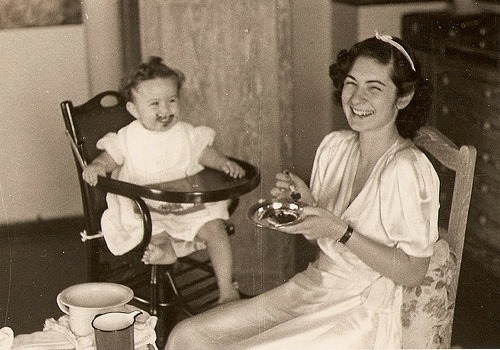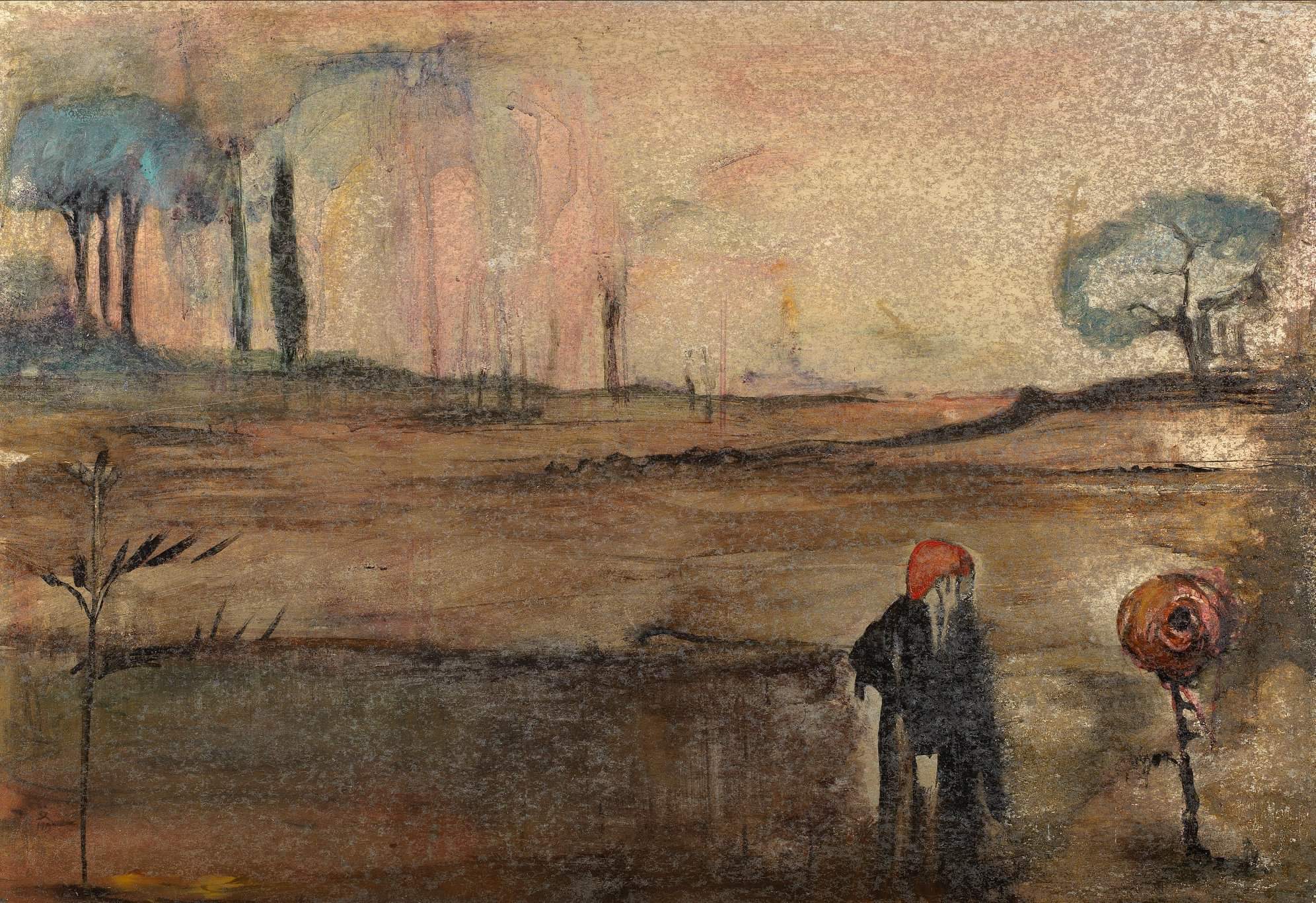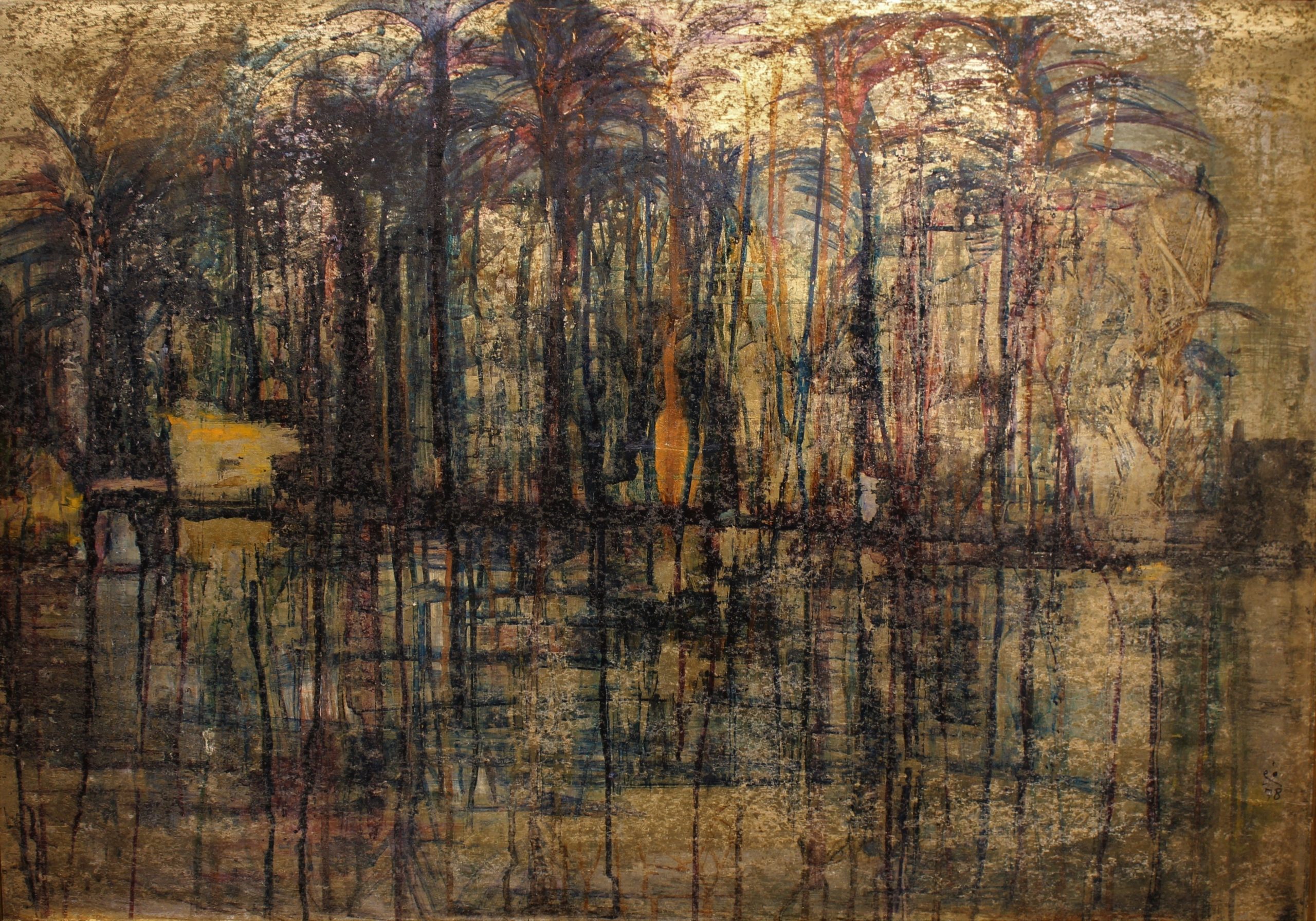Queen Farida of the Egyptian royal family has left our world 34 years ago, yet her memory is still cherished until this day. The wife of Farouk I was buried in Old Cairo’s Imam El Shafei cemetery until recently. Her remains were honored and moved to Al-Rafa’i Mosque after its expansion. Al-Rafa’i Mosque is a significant burial site with many royal members resting in it. However, how well do we know Queen Farida and why is Al-Rafa’i Mosque such a memorable and important burial site?
The descendants of the royal family have recently filed a petition to move the queen’s remains in the same tomb as her three daughters. After all, this mosque is where most of Muhammad Ali’s dynasty is buried. The moving ceremony was attended by 15 people, two of whom were the queen’s grandchildren.

But who is Queen Farida?
The queen’s real name is Safinaz Zulficar. Born in Sep. 1921 in Alexandria, she was the daughter of Egyptian parents of Turkish origin. The Zulfiqars are descendants of a ruling family in the Kingdom of Abkhazia. They fled to Egypt and became a part of the aristocracy of Egypt.
As a young girl, she studied in a French school in Alexandria. In 1937 and while on a royal visit to London, she met King Farouk. After a couple of months, they got engaged and got married in 1938. The name Farida was given to her because back at the time members of the royal family had to have the same initials. She was the queen of Egypt for nearly 11 years. During that time, she and King Farouk I had three daughters, princesses Ferial, Fawzia, and Fadia.
As a queen, she had big roles in society, as she attended fundraisers, charities and welcomed foreign dignitaries. At one point, she was the chair of the Red Crescent Society and an honorary president of the Egyptian Feminist Union and the New Woman Alliance! Her influence was apparent in the community.
After the birth of her third daughter, she and King Farouk I got divorced in 1948. She lived in Egypt for 14 years after that, before she moved to Lebanon and then Paris. That’s when she started painting and had art exhibitions all across Europe and the USA. Later in 1974, she returned to Egypt and pursued her art. She had an art exhibition in 1980 in Cairo.



However, after she was diagnosed with Leukemia, she passed away in 1988 at the age of 67 in Cairo and got buried in Imam El Shafei.
Al-Rafa’i Mosque as a burial site
After the expansion of the royal tomb of El Rifa’i Mosque, Queen Farida joined her daughters and got buried next to them. It’s an important burial site, as a part of it was dedicated to Muhammad Ali Pasha’s family. Moreover, most of the Muhammad Ali dynasty is buried there: Kings Fuad I and Faruq, Khedive Ismail and his mother, Hoshiyar Qadin, Sultan Hussein Kamel, and two rulers of the Muhammad Ali Dynasty.
Right in Salah Al-Din Square in Cairo, the mosque was built in the nineteenth century. It was named after the Sufi, Ahmad Al-Rifa’i, and until this day, the mosque is still the destination for the annual Sufi celebrations.
When it comes to architecture, the mosque has a history as it’s the first of many Islamic monuments in Egypt. Made of cement, its walls, columns, and windows are decorated with rocks, marble, wood, and golden ornaments. Furthermore, the minbar is covered in pearls, ivory, and ebony. Around it, there are Quran inscriptions written in gold. Aside from the fancy outer gate, the dome of the mosque is accessorized with gold. The mosque is special in its elegance and modern touch. However, from six gates, four lead to the burial tombs of Egypt’s kings and queens.
Rejoice, as Queen Farida joined her daughters in Egypt’s best burial site!



